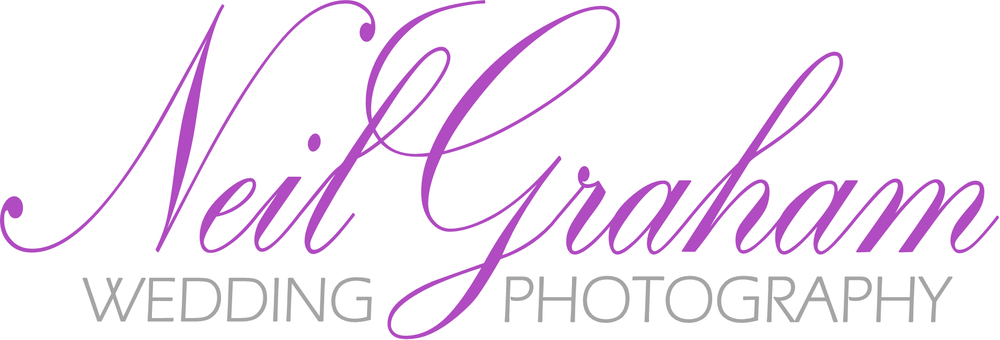Hi Neil,
I have just read with interest your comments on the Google aviation site and your various experimentation for getting prop spin etc.
Happy to share experiences, as I want to try and remove the hit & miss element when shooting aircraft in flight. Obviously jets are no problem, but try as I may with fairly good lenses etc, I can never guarantee I will get the prop spin I seek.
Knowing that in strong sunlight, with an extremely low shutter speed, the camera struggles (I do too!!). We are obviously thinking along the same lines, so just before Christmas I went out and purchased a fairly cheap graduated ND filter. I fitted it to my my Nikon f2.8 70-200mm VR lens with a 1.4 convertor to a Nikon D600. I live near Bournemouth airport so I went out to experiment, but unfortunately the early sunshine disappeared with a cloudy front coming up from the west. I therefore could not do any real photography in bright sunshine with prop driven aircraft flying around.
I normally fix the shutter speed during a particular display of an propellor driven aircraft and allow the camera to set the aperture. I normally start low 1/60th and incrementally increase the speed step by step i.e. 1/80th, 1/100th throughout its display.
Another point which seems to generate a lot of differing opinions...
The use of Vibration Reduction (VR for us 'Nikonians').
The use of a tripod as such low shutter speeds 1/60th, 1/8th etc.
Hand held,.
Or a combination of the three.?
I have read loads of articles on VR (IS for Canon?) with some being very contradictory.
I would be very interested in your views and experiences.
Best Wishes
Keith
Thank you for the question Keith. Hopefully my answer below will explain my technics for aviation photography and some changes I will make this season.
Hi Keith
Again, sorry for the delay in replying, 6 weeks on with my man flu and a bad chest infection, this has been the first week I've felt better.
I find the prop spin to be a fine line with shutter speed. Duxford last year was nearly 34c, the hard and very bright light was a nightmare and that is why I will buy a ND filter and it will give me another option.
You mentioned 1/60th for shutter speed and that is about the lowest I would go, because the prop seems to disappear below that in bright light. Myself, I stay around in manual, 1/100th - ISO 100 - f11 and above on my Canon 100-400mm lens.
This year I will also be trying shutter priority as opposed to manual, which should allow for better exposer when moving between shooting towards and away from the sun. I cannot change my setting quick enough while tracking a plane.
As for VR on Nikon or IS on Canon, I have it set on number 2 for side to side movement, but that is a good point about it producing shake at a low shutter speed, I have read about that causing a problem on a tripod. Perhaps I will do half and half with the IS, that would be an interesting experiment.
I have used monopod before and I found it was so restrictive I took if off the camera within 5 minutes and reverted back to hand held shooting. Because of that, unless I was videoing or had an expensive fluid head I wouldn't use a Mono or tripod for air shows.
Saying that, I reckon a tripod could be useful at commercial airports as the aircraft land in the same place, so you could set yourself up and repeat the same glide path every time, plus this will take the heavy weight off of your back and neck, which would make for a more comfortable day.
In summary, last year I shot hand held, IS on, in manual with no ND filter. My plan for this year is to use Shutter priority, hand held, IS off/on with an option to use an ND filter. Hopefully this will obtain better exposer and sharper photos across the day. I cannot wait for the season to begin. Are you attending any air shows this year, perhaps meeting up with you is in order?.
Regards
Neil
If you any feedback regarding the above question please add to the comments below and perhaps over on Google +.
You can contact me : +44 (0) 7584 900938
Email neil@neilgrahamphotography.com





